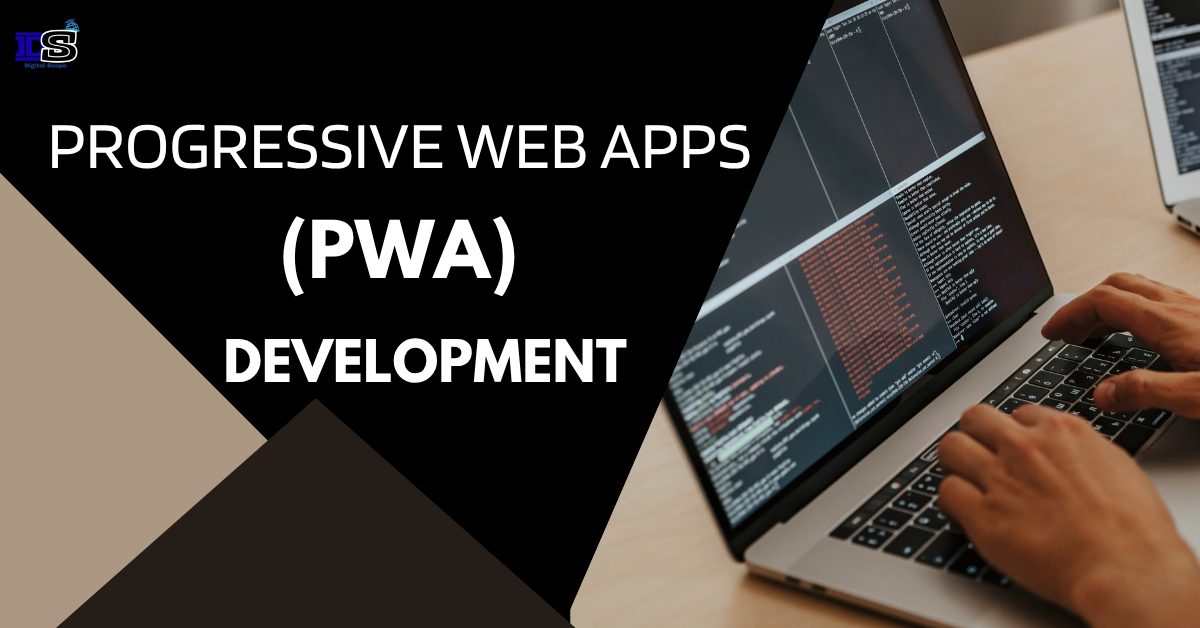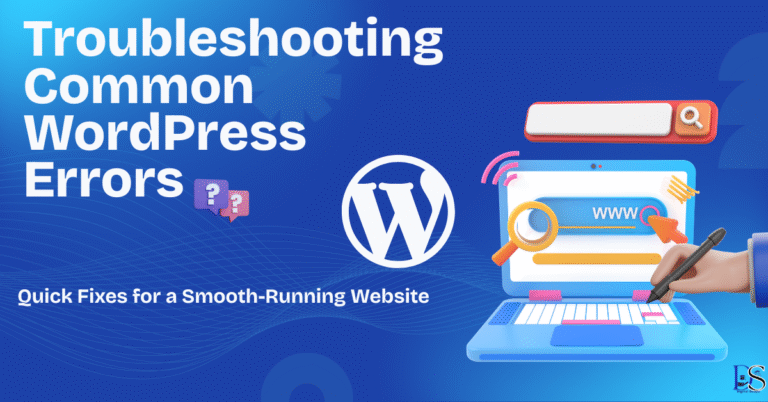Progressive Web Apps (PWA) Development
A Complete Guide for Modern Businesses
In an age where speed, reliability, and user experience determine the success of a digital product, Progressive Web Apps (PWA) development has emerged as a powerful solution. Combining the best of websites and mobile applications, PWAs offer a seamless experience that works offline, loads quickly, and feels just like a native app.
This article is your in-depth guide to Progressive Web Apps (PWA) development—what they are, how they work, and why businesses should consider adopting them. Whether you’re a developer, entrepreneur, or decision-maker, this guide will help you understand and implement PWAs with confidence.
In this article
Understanding Progressive Web Apps (PWA) Development
To fully grasp the potential of Progressive Web Apps (PWAs), it’s important to start with the basics. A PWA is a web application that uses modern web technologies like HTML, CSS, and JavaScript to deliver an app-like experience within a web browser.
These apps are designed to work on any device with a standards-compliant browser. They’re installable, reliable, fast, and responsive. Most importantly, they provide users with the look and feel of a mobile app—without needing to be downloaded from an app store.
Progressive Web Apps (PWA) Development for Business Growth
When Anna, a boutique owner in Chicago, wanted a mobile app for her store, she faced a problem. Hiring developers to build separate apps for Android and iOS was too expensive. Instead, she chose a Progressive Web App. The result? Her mobile traffic doubled in three months, and her sales grew by 60%.
This isn’t an isolated case. Many brands—including Twitter, Pinterest, and Starbucks—have seen real improvements using PWAs. They reduce friction, improve speed, and increase conversions—three things every business wants.
Progressive Web Apps (PWA) Development Benefits You Can’t Ignore
Choosing PWA development can bring measurable benefits to your business:
1. Fast Load Times
Thanks to service workers, PWAs load content almost instantly—even on slow connections. This improves user retention and lowers bounce rates.
2. Offline Access
Users can access content even when they’re offline. This is possible because the app’s resources are cached on the device.
3. App-Like User Interface
Users can install PWAs to their home screen and open them in full screen, just like a native app.
4. Lower Development Costs
Instead of creating different versions of your app for each platform, you can build one cross-platform app that works everywhere.
5. Search Engine Discoverability
Since PWAs are web-based, they are search engine indexable, helping improve SEO and visibility.

Core Technologies Behind Progressive Web Apps (PWA) Development
Building a successful Progressive Web App involves the following technologies:
1. Service Workers
They are JavaScript files that run in the background. They handle caching, background syncing, and push notifications.
2. Web App Manifest
This is a JSON file that controls how your app appears when added to a home screen. It defines the app name, icon, colors, and start URL.
3. HTTPS
All PWAs must run on HTTPS to ensure security and functionality.
4. Responsive Web Design
A PWA must look and work great on all screen sizes. You can use CSS Grid and Flexbox to achieve this.
Step-by-Step Guide to Progressive Web Apps (PWA) Development
Creating a Progressive Web App may sound technical, but it’s more accessible than ever. Here’s how you can build one:
Step 1: Build a Responsive Website
Use tools like Bootstrap, CSS Grid, or Tailwind CSS to create a mobile-first design.
Step 2: Create a Web App Manifest File
Add a manifest.json file to your root directory:
{
"name": "My First PWA",
"short_name": "PWA",
"start_url": "/index.html",
"display": "standalone",
"theme_color": "#000000",
"background_color": "#ffffff",
"icons": [{
"src": "icon-512.png",
"sizes": "512x512",
"type": "image/png"
}]
}
Then, link it in your HTML:
<link rel="manifest" href="/manifest.json">
Step 3: Register a Service Worker
Add this to your main JavaScript file:
if ('serviceWorker' in navigator) {
navigator.serviceWorker.register('/service-worker.js')
.then(() => console.log('Service Worker Registered!'));
}
Step 4: Create the Service Worker Script
Create service-worker.js:
self.addEventListener('install', event => {
event.waitUntil(
caches.open('static-cache').then(cache => {
return cache.addAll([
'/',
'/index.html',
'/styles.css',
'/script.js'
]);
})
);
});
Step 5: Deploy Over HTTPS
Use Cloudflare or your web host to enable SSL.
Step 6: Test Your PWA with Lighthouse
Use Google Lighthouse to test performance, accessibility, and PWA compliance.

Progressive Web Apps (PWA) Development vs Native Apps
Here’s a side-by-side comparison:
| Feature | PWAs | Native Apps |
|---|---|---|
| Platform | Cross-platform | OS-specific |
| Installation | Browser or home screen | App store |
| SEO | Yes | No |
| Offline Use | Yes | Yes |
| Cost | Low | High |
| Updates | Auto-updates via browser | Manual via store |
For most businesses, especially startups and content platforms, PWAs offer a more practical, scalable solution.
When to Choose Progressive Web Apps (PWA) Development
You should consider PWA development if:
- Your users primarily come from mobile web
- You want fast deployment with limited resources
- You need offline access and push notifications
- You’re focused on performance and SEO
Avoid PWAs only if your app needs deep hardware integration like Bluetooth, biometrics, or NFC.
Best Tools & Frameworks for Progressive Web Apps (PWA) Development
- React (Create React App offers built-in PWA support)
- Angular (Has CLI tools for PWA)
- Vue.js (Easy integration via plugins)
- Workbox (Google’s library for service workers)
Progressive Web Apps (PWA) Development Myths Debunked
Myth: PWAs don’t work on iOS
Fact: iOS supports most modern PWA features including home screen installation and offline caching.
Myth: PWAs are less secure
Fact: PWAs are served over HTTPS, making them as secure as any website.
Myth: They are hard to build
Fact: Modern frameworks and tools make PWA development easy—even for small teams.
Progressive Web Apps (PWA) Development FAQs
Can PWAs send push notifications?
Yes, on Android and many desktop browsers. iOS is slowly adding support.
Are PWAs safe to use?
Yes. They use HTTPS to protect user data and privacy.
Can PWAs be added to the home screen?
Yes. Users can install them directly from the browser.
Do PWAs improve SEO?
Absolutely. Since PWAs are web pages, they can be indexed by Google, which helps increase visibility.
Final Thoughts: Should You Invest in Progressive Web Apps (PWA) Development?
If you’re looking to build an app that’s fast, engaging, affordable, and discoverable, then Progressive Web Apps (PWA) development is the answer. With growing support across platforms, easier tooling, and proven business benefits, PWAs are no longer a trend—they’re the future of digital experiences.







